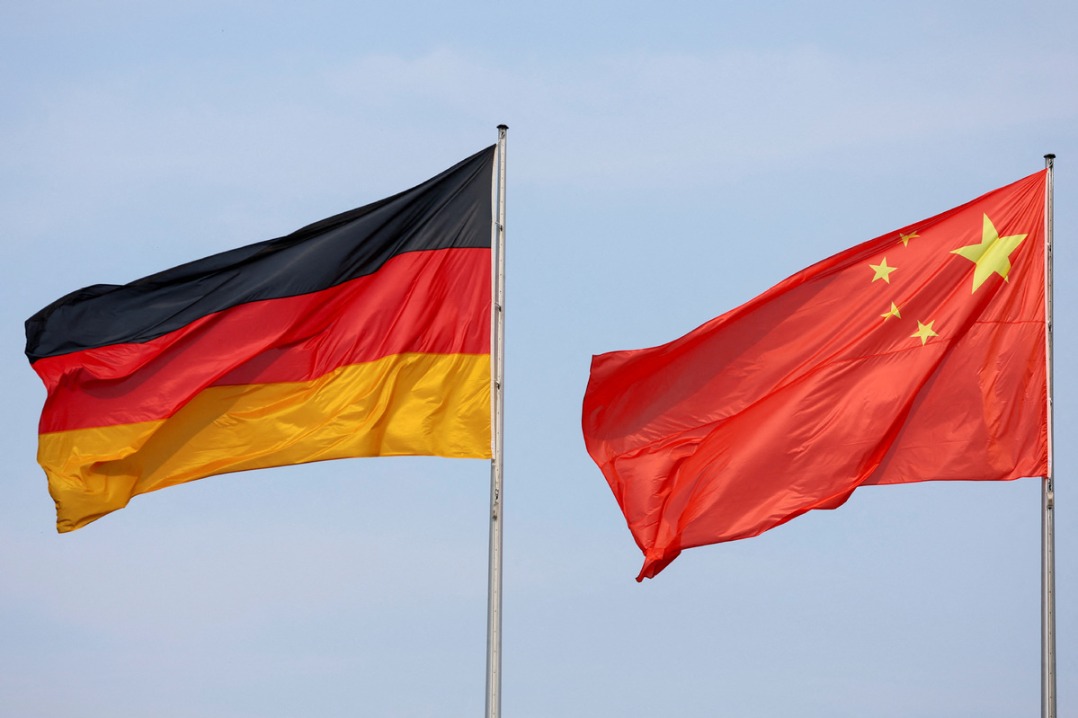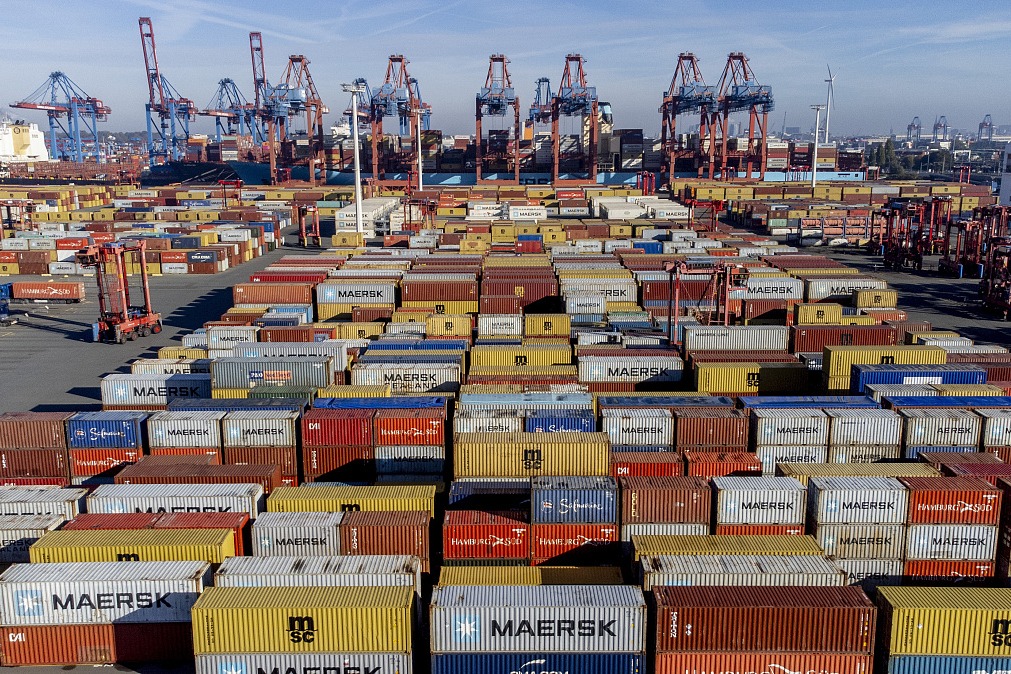IPR protection requires all countries on board

Interview with SIPO DG for Protection and Coordination Zhang Zhicheng
For years, Chinese IPR protection practice has always been in line with international norms and rules, strengthening bilateral and multilateral cooperation with other countries and regions, coordinating cross- border joint law enforcement operations to crack down on IPR infractions. In 2017, China and the U.S. successfully solved the June 7 cross- border IPR infringement case. Customs from China and U.S. worked together to target selected goods on multiple occasions. Customs from China and Russia also launched joint operations on goods circulation through mail and courier services.
China and the U.S. are important IPR partners. Both countries are now technology manufactures for the world. In 2017, the U.S. interests acquired 24,000 Chinese patents, ranking the second among all foreign countries while the U.S.- based Qualcomm was the most prolific foreign user. Across the Pacific, China obtained 11,000 patents in the U.S., qualifying for top 5 foreign countries. In the meantime, China filed the second most number of 51,500 patent applications via the Patent Cooperation Treaty (PCT), tracing only the U.S.
China opposes running trade protection in the disguise of IPR protection
According to Zhang, IPR disputes between Chinese and U.S. companies is not a bit more unusual than those between the U.S. and companies of other origins. This is just another day of operation for IPR system, which shall be treated reasonably, evaluated properly, improved and solved through cooperation. As a matter of fact, China has open and effective lanes for resolving IPR disputes, whether through administrative or judicial avenues. Unsubstantiated accusation of pilfering IPRs is irresponsible and will serve no good course. China treats all companies, foreign and domestic on equal footing and renders the same protection to safeguard the lawful rights of all holders.
For instance, in the Qualcomm case, the concerning Chinese court rejected all pleas from Shanghai Genitop (Note: Company's Chinese name literally the same with Qualcomm) and secured Qualcomm's legitimate rights in China. In another case earlier this year, Shanghai Customs discovered that 34 million yuan worth of the U.S.- based VEECO products imported through Shanghai Pudong International Airport was suspected of infringing a patent of Advanced Micro- Fabrication Equipment Inc. (Shanghai). After being sanctioned by the customs, VECCO approached the Chinese patentee for negotiation and eventually reached a settlement deal blanketing the global market.
Statistics do not lie. Effective IPR protection in China translates into tons of interests for foreign right holders every year. In 2001, China paid US $1.9 billion in royalties for using IPRs to foreign interests. That number skyrocketed to US $28.6 billion in 2017 and the relevant China- foreign deficit dwelled over US$20 billion with China eating the red. A relevant survey echoes the above view by revealing that foreign corporate right holders are more satisfied with IPR protection in China than an average corporate right holder in the past three consecutive years.
Enhancing IPR protection requires both China and the U.S. on board. "China is strongly opposed to abuse of IPR rules, unilateralism and protectionism. We are even more opposed to running a clandestine operation of trade protection in the disguise of IPR protection and could not stand stressing rights only while evading obligations, or cocooning oneself in a world of 'I, me, myself' and turning a blind eye to established international rules," said Zhang, "China is willing to work with the international community to secure the multilateral trade mechanism and keen to build an open, inclusive, balanced and effective international IPR system."
MOST POPULAR
- 1 Things to know about China Intl Consumer Products Expo 2024
- 2 China tops FDI confidence index of emerging markets
- 3 China specifies steps to improve payment services in tourist attractions
- 4 Low-altitude economy set to take off
- 5 China's immigration service platform receives over 10m calls from home, abroad
Editors' Picks
 Infographic:
A look at China's economy in Q1 of 2024
Infographic:
A look at China's economy in Q1 of 2024
 Infographic:
China to remove foreign ownership restrictions in value-added telecom services in pilot areas
Infographic:
China to remove foreign ownership restrictions in value-added telecom services in pilot areas
 Infographic:
2023 Sino-German investment and trade in numbers
Infographic:
2023 Sino-German investment and trade in numbers
 Infographic:
China-Germany relations in graphic
Infographic:
China-Germany relations in graphic



